
How to explore Italy like a local
20/06/2025 · By Tim Hall
Expert Great Rail Journeys Tour Manager and blogger Tim Hall discusses how to explore Italy with his top tips and advice about food, drink and culture.
Read moreThe medieval city of Siena is remarkably well preserved and boasts a mix of narrow streets, pretty open spaces and magnificent buildings focused around the great central Campo, a shell-shaped piazza. This Tuscan hill town initially developed under the Etruscans, before coming under the control of the Romans in about the first century BC. The Lombards then invaded the area around Siena and re-routed some of the region's major roads, so that they passed through the city. Countless pilgrims and traders on their way to Rome then came through Siena, cementing its position as a wealthy trading post. By the early 14th century Siena was one of Europe's richest cities, whose wealth funded the construction of many of the city's greatest buildings.
Art, architecture and history
In 1348 the Black Death arrived, and decimated the
population. With only a quarter of its previous population, Siena
lost much of its influence, and was absorbed into the Medici's
Grand Duchy of Tuscany in 1557. Over the next few centuries the
role of Siena became ever more provincial, and as a result it was
untouched by either of the World Wars. Soon after this time the
city was discovered by tourists, and was in such a good state of
preservation that its historic centre - largely dating back to the
14th century - was designated a UNESCO World Heritage site. One of
the city's most famous and celebrated buildings is the spectacular
Duomo. Built from alternating strips of black and white marble, the
striped cathedral is one of Italy's greatest, and houses statues by
Donatello, Bernini and Michelangelo as well as a unique and
elaborate mosaic floor.
Find out more with a free brochure and enjoy weekly travel inspiration and offers in our e-newsletter.
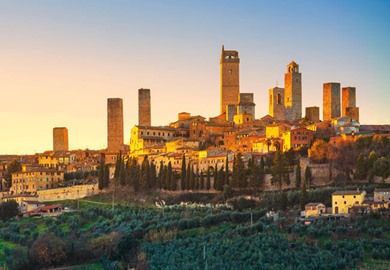
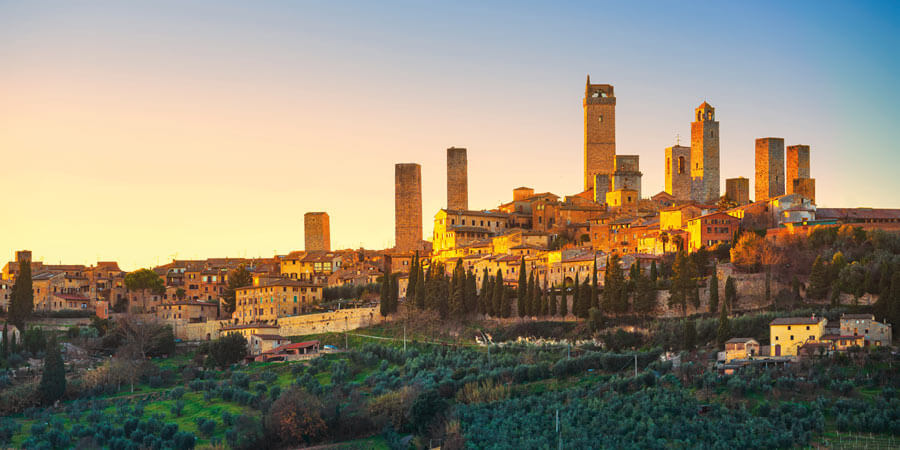
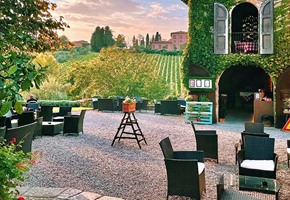
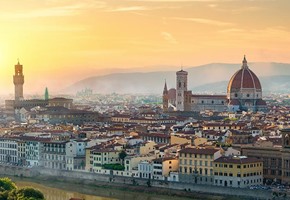
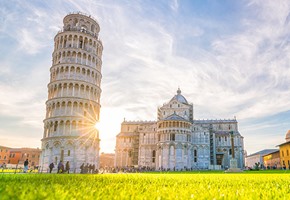
 (277 reviews)
(277 reviews)Savour the glorious colours, aromas and flavours of Tuscany on a holiday highlighting the true beauty of this beloved region. Discover the great Renaissance city of Florence, visit a historic family estate for a tour and dinner, and marvel at the iconic monuments of Pisa, including the Leaning Tower. Explore the stunning sights of Siena,...
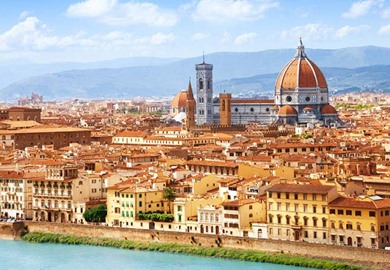
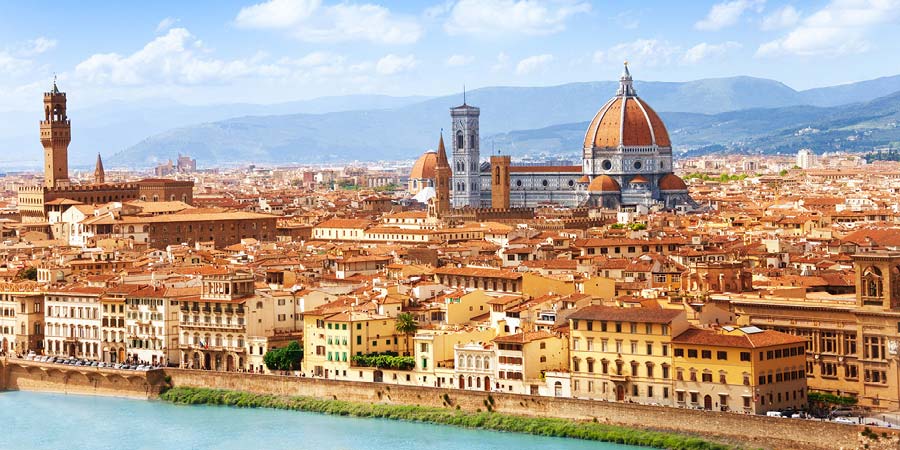
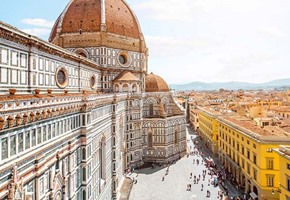
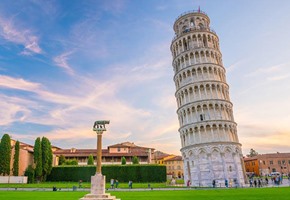
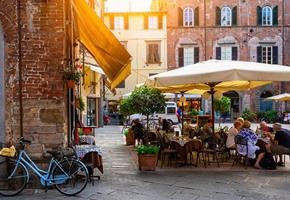
Enjoy a holiday that captures the essence of Tuscany, travelling to and from the Tuscan spa town of Montecatini Terme by rail. This UNESCO World Heritage site is an ideal base for exploring this scenic and cultural region. From the grand Renaissance art and architecture of Florence to the fantastic shell-shaped Piazza del Campo and medieval...
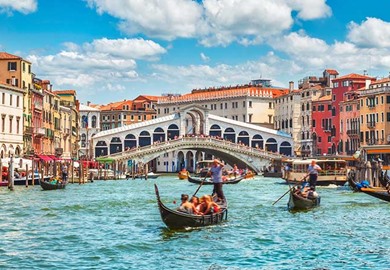
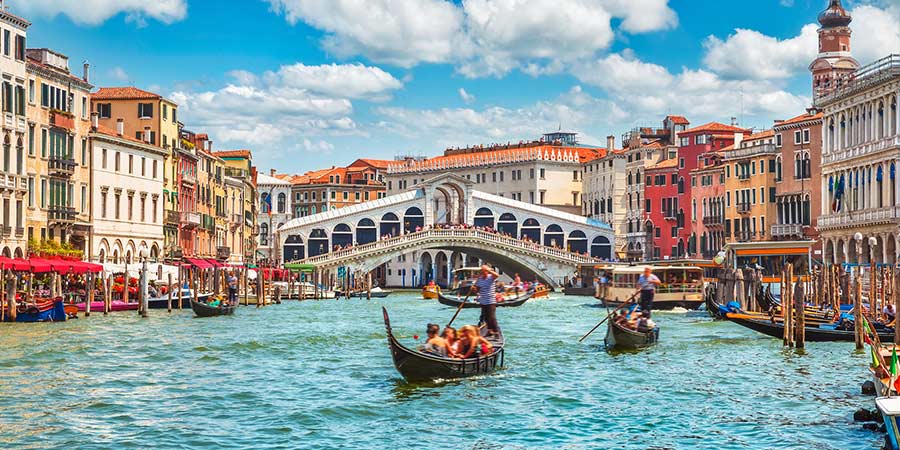
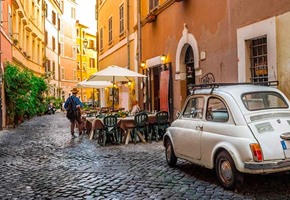

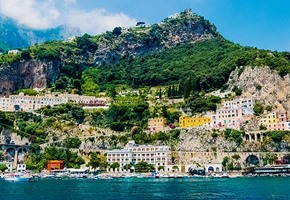
 (31 reviews)
(31 reviews)From the Alpine foothills to the island of Sicily and all that lies between, uncover the best of Italy. Travelling the country's length, we delve into the history and culture of Italy's remarkable destinations, including Venice, Florence and Rome. Bask in the beauty of the Amalfi Coast and marvel at the remains of ancient Pompeii before...
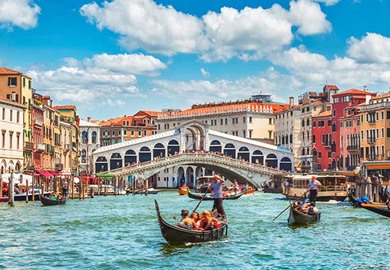
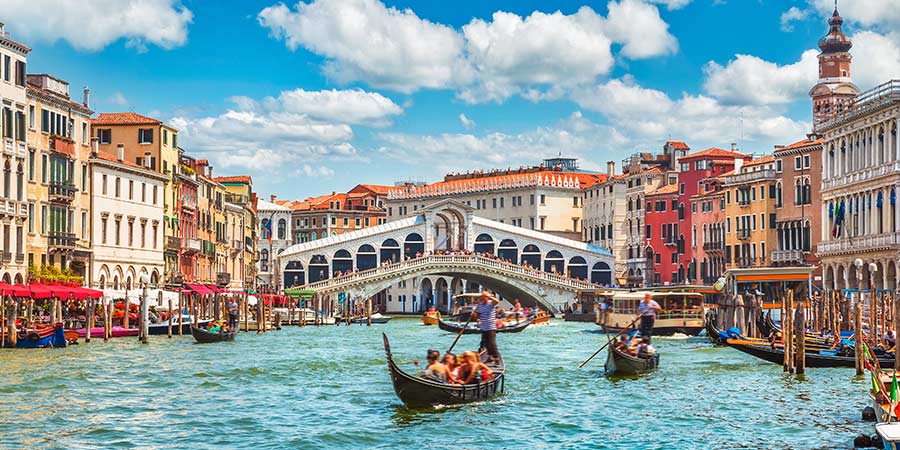
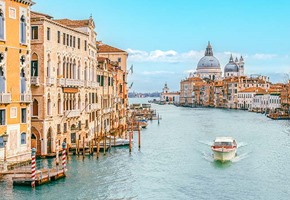
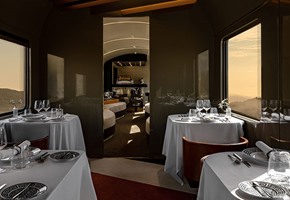
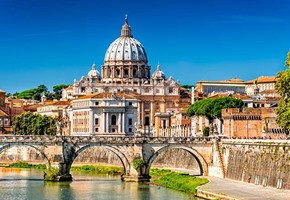
After two wonderful days taking in the sights, sounds and tastes of Rome, your journey on the La Dolce Vita Orient Express begins with a sumptuous meal curated by 3-Michelin starred chef Heinz Beck. As the train travels northwards, disembark for time in magical Venice, followed by an evening of cocktails and live music that creates a...

